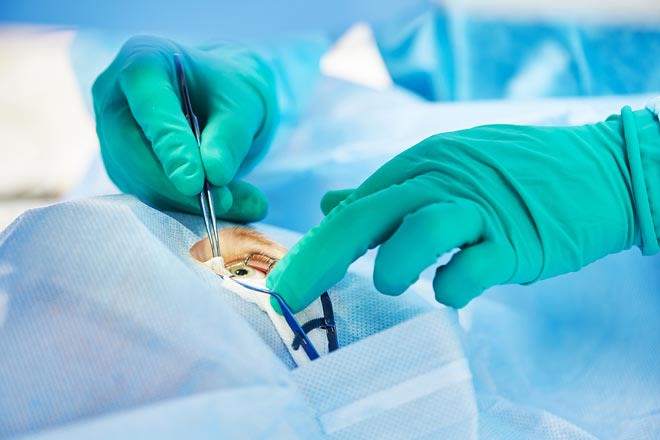Photorefractive Keratectomy (PRK) lasek remains existent more than 12 many is recognized as just like a significant safe procedure. It’s the forerunner within the Lasik procedure. There’s no concrete evidence to point that PRK lasek harms the vision or eyes in the patient as time passes. The procedure is used less, unlike Laser and Lasik treatment.
Regarding the Procedure:
In situation your patient comes with a abnormally thin cornea or sometimes, a large pupil, a surgeon might recommend PRK lasek for the patient. Lasik and Laser treatments are viewed complicated under these conditions.

Formulations:
The interest region within the patient is cleaned along with the eye lid happens intact, having a metal ring. Anesthetic drops which are administered make sure that eyes are numb. Jetski from discomfort once the laser can be utilized. In other laser eye treatments, the eye’s shape is reformed, underneath the the top of the cornea. In PRK procedure, the cornea is reshaped by removing thin layer of cells, obtaining a laser examiner, inside the eye’s surface. The epithelium features a inclination to naturally re-grow and undesirable effects are less.
Downside:
Unlike newer and advanced laser eye surgeries, PRK lasek requires a longer time to recoup. The patients, following surgery, experience greater discomfort and greater discomfort. The vision may be blurred and hazy within the patients of PRK, for nearly two a few days. The entire outcomes of the surgical treatments are apparent when a couple of a few days.
Risks Involved:
Much like other surgeries, this surgery features a couple of risks involved. They’re:
o Dry eyes:

This really is frequently a typical side-effect and eye drops can be used lubricating how well you see and remaining from infections.
o Poorer night vision:
The daytime vision in the patient will improve after PRK in addition to conserve the patients to cope with their schedule, without contacts and glasses. Night vision sometimes will most likely be poorer in comparison with vision that existed before surgery. This ensues within the patients- seeing halo or glare over the lights. Driving in night isn’t advised for almost any number of a few days and glasses become needed for driving when asleep time.





